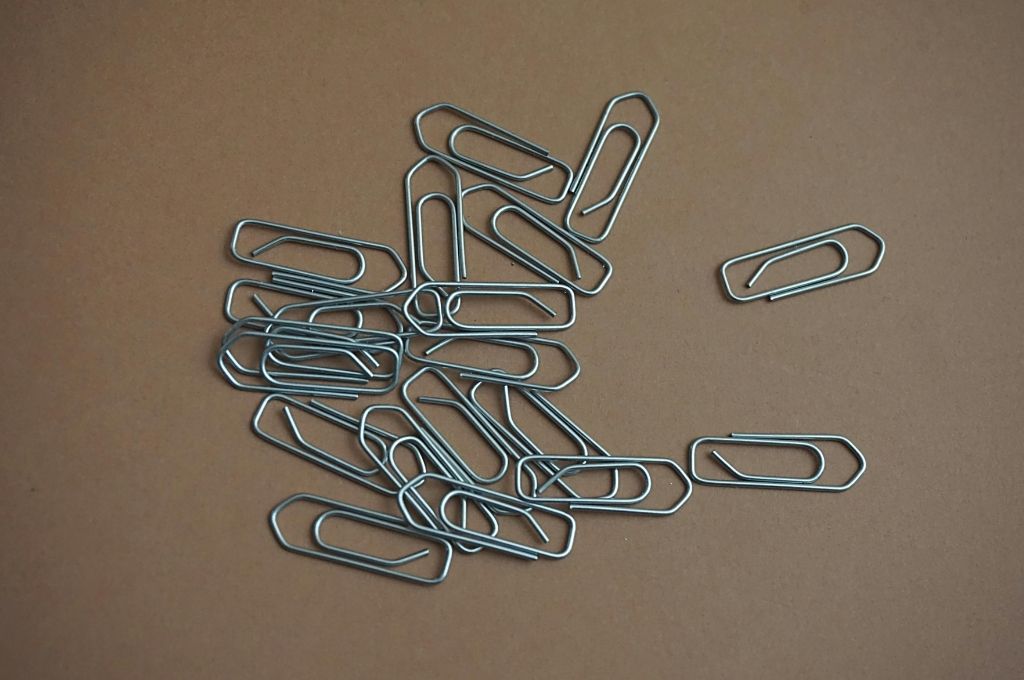We in the foundation world talk a lot about embracing failure, but it’s not something to take lightly. When a social or environmental investment fails, it can negatively disrupt people’s lives and erode community trust. It can also have a huge opportunity cost, taking resources and energy away from other efforts. This is why risk mitigation planning is a standard part of good philanthropic practice, and why we regularly ask ourselves: How can we design our strategies to reduce the chance of failure?
But while success should always be the goal, it’s important to remember that not all failures are created equal. There are good failures and bad failures. Many investments don’t achieve their intended outcomes, but they nevertheless: 1) contribute knowledge to the field, 2) have a significant, positive, but unintended consequence, or 3) increase the capacity of all involved to try other approaches.
Given this, I suggest we add another element to our standard practice: failure optimization planning. How can we design our strategies so that if they do fail, they will be good failures?

1. Failures that contribute to knowledge in the field
[quote]A good failure means the entire field learned, not just a single institution.[/quote]A good failure means the entire field learned, not just a single institution. It means that people in philanthropy ,or the field where you intervened, know something they didn’t know before, and it will change what they do going forward. It means that the intervention tested something truly new, that we know it didn’t work in the way we intended, and that we shared the lesson with others in an actionable form.
For all we talk about learning, foundations rarely hit this high bar.
The best example I can find of this is the Rockefeller Foundation’s Minority Single Parent Demonstration project, launched in the 1980s. It was a large-scale, welfare-to-work initiative, involving 4,000 women in four cities. It actually had a control group, which is very rare in foundation initiatives. This allowed Rockefeller Foundation to more truly evaluate impact than is usual in our field. The foundation documented and shared lessons from the initiative broadly—for example, the importance of child care in supporting women to work—informing both public policy and philanthropy. (For more on this initiative and the other good failure examples I use here, see Joel Fleishman’s The Foundation: How Private Wealth Is Changing the World and its accompanying casebook.)
Related article: We need to talk about failure
How can we make this type of failure more common? First, we must ensure that we are trying something new by doing the up-front work to understand what others have already done and incorporate lessons from previous efforts into our project design. Foundations must familiarize themselves with relevant research, and test ideas and plans with both colleagues at other foundations and leaders working in the space. Second, we have to actually assess the results and share what we learn. If we have wonderful learning conversations in our offices, but don’t share our knowledge with the world, it’s not a good failure—others might be reinventing wheels and repeating our mistakes.


Interventions usually don’t go as planned, but most philanthropic failures have some silver lining. /Picture courtesy: Pixabay
2. Failures that have significant, positive unintended consequences
Successful or not, interventions usually don’t go as planned. But most philanthropic failures have some silver lining. Something good almost always happens, even when the overall effort does not go well. If that good thing is very significant—the test is if you would have made the original investment if you’d known it would have that positive outcome—it’s a good failure.
Ford Foundation’s efforts in the 1960s to build strong university economics departments in Indonesia is a good example of this. Ford sent Indonesian students to get doctorate degrees at Harvard and Stanford, and trained them for careers in academia. Then, when Suharto became the second President of Indonesia, he brought a number of those folks into government. This undermined the original goal of strengthening the country’s economics departments, but it had an equally—if not more—positive impact by strengthening Indonesia’s capacity for economic planning and policy.
[quote]We can improve our odds of this kind of good failure by making our strategies flexible enough to take advantage of new paths and opportunities that emerge.[/quote]With this type of failure, the positive outcome is unintended and is therefore usually unexpected. We can’t exactly plan for that, but we can improve our odds of this kind of good failure by making our strategies flexible enough to take advantage of new paths and opportunities that emerge. And if we are clear about our biggest-picture definition of success at the outset—for example, for an educational initiative that might mean framing the ultimate objective as preparing kids for life success vs. proving that a specific program works—it is a lot easier to recognize those paths and opportunities. We can also make it clear to grantees and partners that we want to hear the real truth about how things are going and help problem-solve when things go awry. This makes it easier for us all to let go of plans and focus on having the most possible impact, whatever happens.
Related article: “We were too smitten by our tech to see its cracks”
3. Failures that increase the capacity of systems to try other approaches
Sometimes in philanthropy, we delight in the idea of “disrupting” systems. But when “disruption” goes wrong, it can become destructive—particularly when it comes to critical human-support systems. If, however, our partners emerge from a failed effort stronger and better-positioned to address the challenge in a new way, then I call that a good failure. Then the failure is not a step back, but rather a step forward.
[quote]This is the type of good failure philanthropy can most consistently achieve.[/quote]My favorite example of this is the Lasker Foundation’s work to get the US government to wage a “War on Cancer.” It is regularly cited as both one of philanthropy’s biggest failures and one of its greatest successes. How did it earn both distinctions? It did not achieve its goal of curing cancer, but it had an enormous impact on the capacity for medical research in the United States, and the resulting research extended many lives. Over time, public expectations for and commitment to the effort increased and, along with that, the number of and strength of research institutions engaged in the effort grew tremendously. The system was left stronger, and progress continued long after the original timeline for success.
This is the type of good failure philanthropy can most consistently achieve. We can improve the odds of making progress by designing strategies that build lasting capacity in people and organizations. In other words, rather than defining our work as advancing a particular intervention, we can think about it as building capacity toward that intervention. The difference in mindset might be subtle, but it can change a lot. In practice, this means understanding the current capacity of central players, and investing in developing the necessary individual skills and institutional capabilities. It means setting a timeline that allows partners to plan and manage the work well, and not pushing a particular intervention at the expense of other critical elements of an organization’s or a system’s health. It also means ensuring that we design all our strategies to leave the systems we work in and the partners we work with stronger than we found them.
Related article: A failure playlist to help you sleep at night
No matter how clever we are, there is always a chance our investments will fail. Optimizing our failures may require moving more slowly, being more flexible in our goals and plans, and conceiving of our work a little more broadly. Fortunately, the same strategies we would use to optimize our failures will also increase our chances of success.
This article was originally published on Stanford Social Innovation Review. You can read it here.




